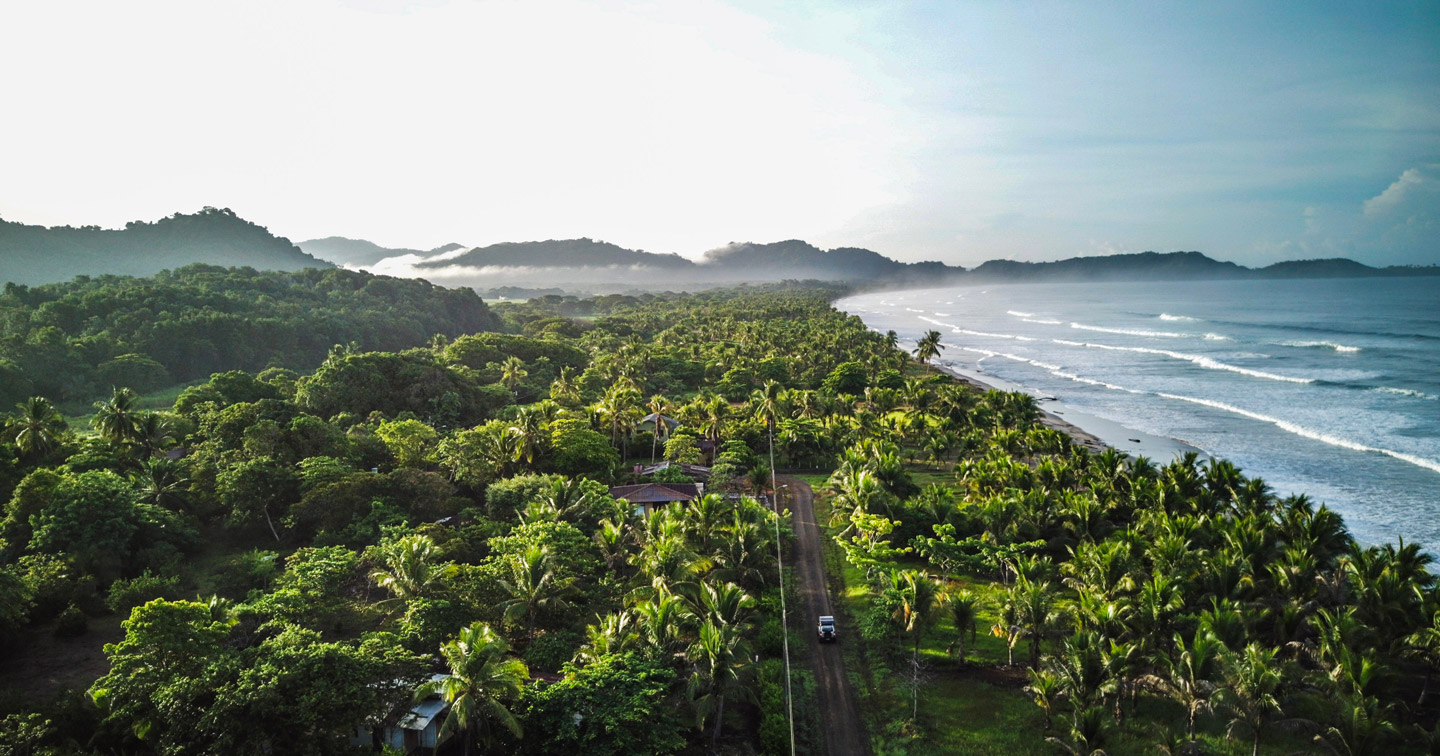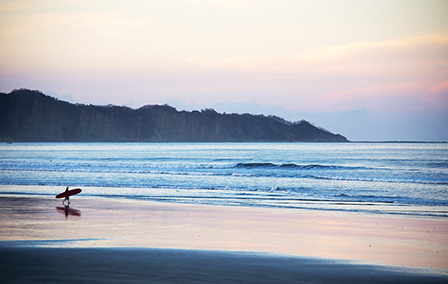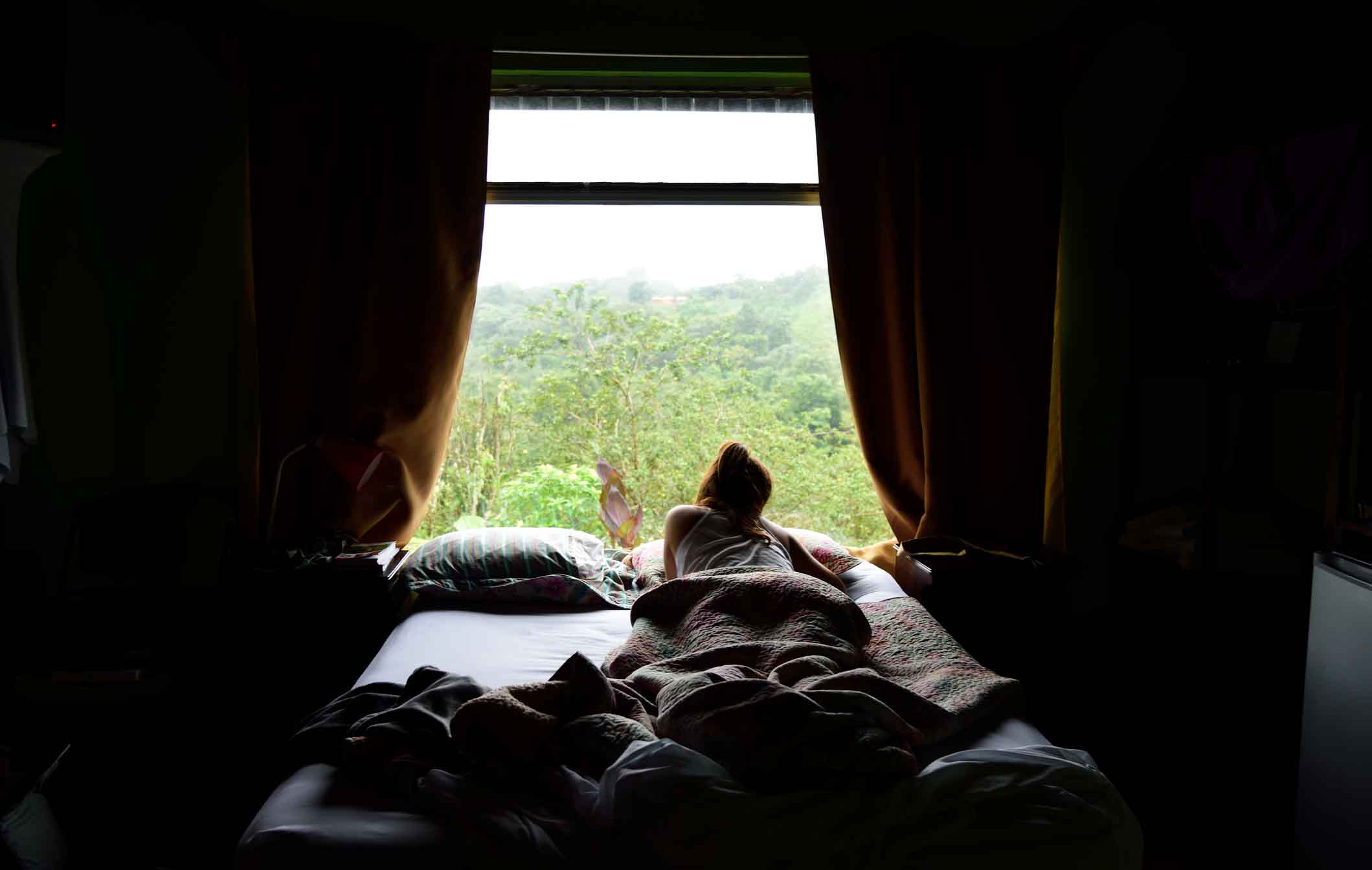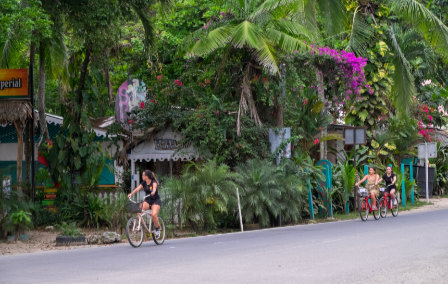Published 24th Mar. 2023
Reading time
A trip to Costa Rica isn’t just about trekking through rainforest and lazing on the beach (though rest assured, there’s plenty of that). Because it’s simply brimming with natural beauty, this pocket-sized country is often sold short when it comes to culture. In fact, there’s so much to do in Costa Rica that will not only teach you about its history, but also encourage you to experience its positive, pulsating present. Read on for our list of the best cultural experiences in Costa Rica.
Sampling local dishes is undoubtedly one of the best ways to immerse yourself in a country’s culture, but why stop there? On a traditional farm, take part in a private cooking class where you’ll learn the basics of Costa Rican cooking before reaping the rewards by tucking into your creations. Costa Rican cooking is typically high in starches and full of flavour. The most famous dish is gallo pinto (referred to as simply pinto by the locals), a combination of rice and black beans that’s traditionally served with breakfast alongside eggs and cheese. Another speciality is casado, a platter of food that varies from place to place, but typically includes rice, beans, salad, tortillas and meat. Whatever you end up cooking, expect to top it off with a good dollop of Salsa Lizano: a mild and savoury sauce that’s Costa Rica’s favourite condiment.
Nothing says ‘culture’ more than a wander round a museum or gallery, and where better to do it than the country’s capital ? San José is home to a host of wonderful institutions that can provide you with a deeper insight into the history and culture of this beautiful country. Housed in former military barracks, the National Museum of Costa Rica displays artifacts from the pre-Columbian era to the present day. When you walk in, you’ll be greeted by the fluttering wings of butterflies in all shapes and sizes, courtesy of the museum’s butterfly garden – who said nature and culture can’t go hand in hand? The Pre-Columbian Gold Museum focuses solely on, you guessed it, the Pre-Columbian era, displaying maps, coins, jewellery and other gleaming golden items across three floors. For those with an eye for design, the Museum of Costa Rican Art is home to the largest collection of state art in the country, while the Museum of Contemporary Art and Design showcases work by local and international artists. Our final recommendation is The Jade Museum, which houses the largest collection of pre-Columbian jade artifacts in the world and is dedicated to preserving the region’s archaeological heritage.
Read our article What to Do in San Jose ?
Costa Rica moves to the sound of cumbia beats, American pop and pretty much anything else that will have you humming a tune and tapping your feet. Music is an essential part of Costa Rican life, even more so when it’s combined with the rhythmic and sensual movements of Latin dance. Originating in Cuba, salsa is the most popular form of dance in Costa Rica, practiced not only in professional and performance settings, but in the late-night venues and lively bars that are crowded with regulars on a Saturday night. For an unbeatable cultural experience, learn to move like a Tico (Costa Rican) during a salsa class where you’ll get to grips with the basic movements of this world-famous dance. Or better yet, let a local lead you to the dance floor in a bar or restaurant, and learn how to feel the music and dance your cares away.
Costa Rica may be Hispanic today, but indigenous populations called the country home long before it came under Spanish rule. There are eight indigenous peoples spread across 24 territories in Costa Rica, and unfortunately rights to land and self-determination are an ongoing struggle for these groups. A visit to an indigenous village is therefore one of the most important cultural experiences in Costa Rica, a chance to learn about a different facet of the country’s culture and immerse yourself in the indigenous way of life. The Bribri tribe live in the Puerto Viejo de Talamanca region. During a visit to their village, see the spaces where the Bribri live, work and go about their lives, admire the crafts and artwork they have created, participate in activities such as chocolate making, and sample some delicious indigenous dishes. Above all, you’ll have the opportunity to meet the welcoming people who call Puerto Viejo de Talamanca home.
Whether or not this counts as a cultural experience is debatable, but surfing is an integral part of Costa Rican life, practiced not only by tourists coming from far and wide, but also by born and bred Ticos. And hey, any excuse to soak up Costa Rica’s scenic coastline. If you’ve never surfed before, fear not – with practically year-round swell along two coastlines, Costa Rica is full of beginners surfing spots as well as more challenging beaches for seasoned pros. Beaches like Santa Teresa, Tamarindo and Playa Hermosa on Costa Rica’s Pacific Coast are some of the best places in Costa Rica to surf, but there are also plenty of spots on the Caribbean side if that’s where your adventure leads you. If you do want to surf on the Caribbean Coast, stick to the southern portion where the waves are more consistent. When you’ve spent the day riding those waves, be sure to grab a beer and take in one of Costa Rica’s magical sunsets on the beach. This is the land of Pura Vida after all.

Whether you want to hit the hotspots or venture off the beaten track, our consultants will create a bespoke Costa Rica trip for you. Having scoured the country for the best properties, we offer everything from rustic lodges to luxurious hideaways. We can take you away from the crowds using our knowledge of hidden beauty spots; so instead of queuing for a waterfall in Arenal, you can enjoy a river all to yourself in Bijagua. With something for both families and couples, Costa Rica is best discovered on a self-drive trip – don't worry, you can leave the route planning to us.
ENQUIRE NOWPractical advice and inspiration for your next trip

Sandwiched between Panama and Nicaragua, among deliciously verdant greenery, lies the happiest country on earth: Costa Rica. Overflowing with exotic wildlife, misty volcanic peaks and surfers’ havens, it’s no wonder this pocket-sized country has become increasingly popular with travellers. A craggy chain of towering volcanoes act as a spine, running through the country’s middle and separating the two palm-fringed coastlines that feature on many a bucket list.
1st February 2025 - Costa Rica Travel Inspiration

Pint-sized Costa Rica might be small, but it sure is mighty. Fusing thrumming cities like San Jose and Limon with outstanding nature, this pocket of paradise boasts two rugged coastlines, a strip of smouldering volcanoes and plenty of lush rainforests, jade green lakes and misty mountain peaks. It’s no wonder we struggled to pick just six of the most beautiful places in Costa Rica for this roundup. From waterfall chasing at Tenorio Volcano National Park and rafting down the Pacuare River,
21st December 2024 - Costa Rica The Natural World

The ‘know-it-all’ of the eco class, Costa Rica is consistently listed as one of the ‘greenest’ and ‘happiest’ places on the planet. And this eco-minded attitude is summed up by their ubiquitous slogan ‘Pura Vida’, which translates to ‘pure life’ or ‘simple life’. In order to protect its resplendent landscapes and dizzying biodiversity, the country has long championed sustainable travel, through Community Based Tourism initiatives, renewable energy and environmental education.
25th October 2023 - Costa Rica Responsible Travel

Our team of destination experts will get to know you and your unique requirements for your holiday

We work with you to build an ultra-personalised holiday itinerary with your choice of accommodation, experiences and activities

All of our holidays include little extras designed to make a big difference to your trip, from fast-tracking you through airport check-in and security to our network of local Concierges